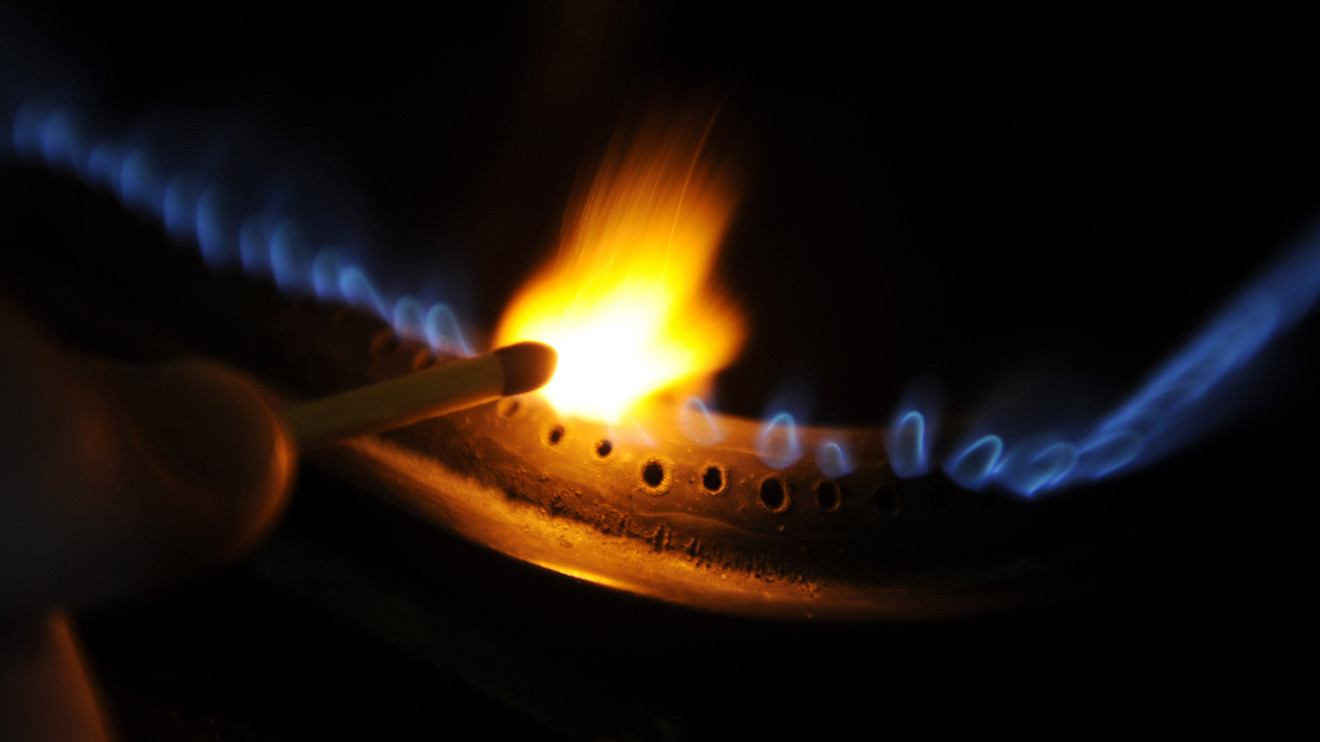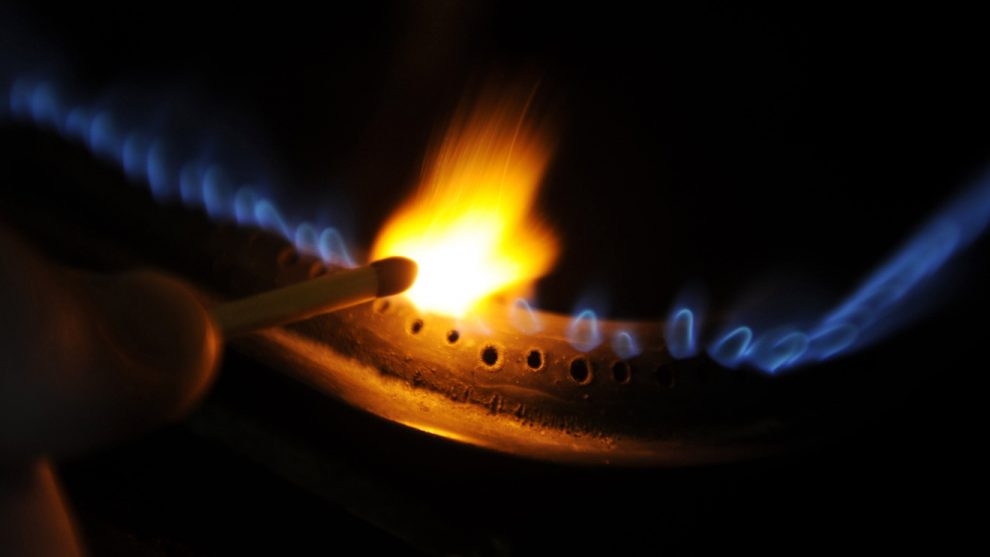
Natural-gas prices have finally broken out of the tight trading range they’ve been stuck in for the past six months to mark a bottom for this year, setting their sights on a bounce back as prices near a three-year low look to boost demand.
Cheaper gas prices “will boost coal-to-gas switching in the power sector and tighten U.S. balances, limiting supply available” to increase storage levels, predicts Richard Redash, head of global gas planning at S&P Global Platts.
Futures NGQ19, -1.71% settled at $2.185 per million British thermal units on June 20—the lowest finish for a front-month contract since May 2016. That marked a breakout from the roughly $2.30 to $3.60 range evident since January. Futures settled at $2.287 on Thursday.
Warm temperatures in April and a relatively cool May led to a record cumulative April-May U.S. storage build of about 855 billion cubic feet, and June was considerably cooler than that month had been a year earlier, says Redash. All of that contributed to the gas price decline, along with “global recession worries that had impacted oil…prices too.”
The lack of a trade deal between the U.S. and China has fed concerns over a slowdown in the global economy, dulling prospects for energy demand. Increased U.S. liquefied-natural-gas exports to China are likely to be “one of the headlines when a final trade deal with China is reached,” says Rob Thummel, portfolio manager at investment adviser Tortoise. “China needs to reduce carbon emissions, and the best way to do that is to reduce its coal consumption that currently represents 58% of China’s energy supply.”
Natural gas now represents 7% of China’s energy supply, and Beijing wants to raise that to 10% by 2020 and 15% by 2030. To do this, China would potentially need to source 60.2 billion cubic feet a day over the next 12 years, says Thummel. To put that into perspective, he notes U.S. shale fields produce a little more than 65 billion cubic feet a day. “We don’t believe that China will be able to meet its natural gas demand with domestic sources alone,” he adds.
The U.S. produces some of the world’s cheapest natural gas, says Simon Lack, managing partner at investment adviser SL Advisors. As of Thursday, gas futures on the New York Mercantile Exchange, for delivery at the Henry Hub in Louisiana, were roughly 20% lower year to date. They haven’t logged a yearly gain since 2016.
The low prices are “stimulating demand overseas,” says Lack, with Asia a particularly big buyer. The Energy Information Administration reported that daily U.S. gross exports averaged 9.9 billion cubic feet in 2018. It forecasts that the total will rise 28% this year and an additional 23% in 2020. And, says Thummel: “Lower natural gas prices can result in even higher demand.”
In the week ended July 12—the most recent one for which information is available—the U.S. had 2.533 billion cubic feet in storage, 143 billion below the five-year average, according to the EIA.
Redash said U.S. demand growth will be “much weaker” than it was last summer, and that year-over-year gains will largely be limited to exports. However, domestic production growth will also be much lower, with year-over-year gains at 6 billion cubic feet a day, down from 10 billion.
All told, Platts Analytics argues that Henry Hub prices are “undervalued, relative to current Nymex futures,” says Redash. “We think prices will pop back into the former $2.50 to $2.90 [million BTUs] range later this summer, with even greater upside risks awaiting in the winter.”
A climb to the higher end of that range would just about erase the year-to-date loss for natural gas, which saw its front-month futures contract finish last year at $2.94, and prices also have to chance to finish with a gain in 2019.









